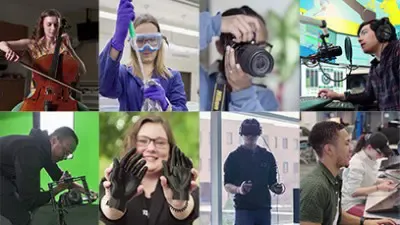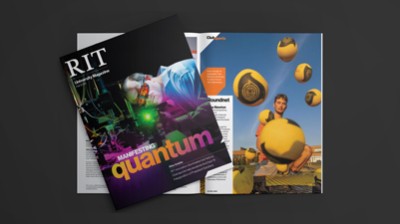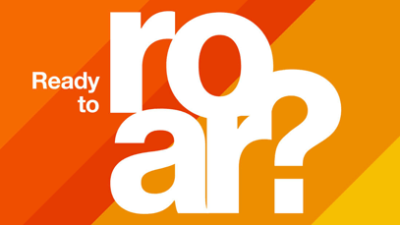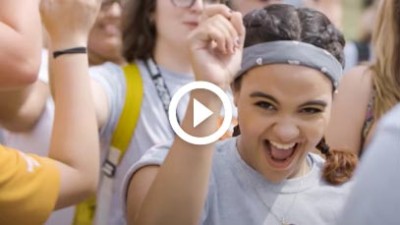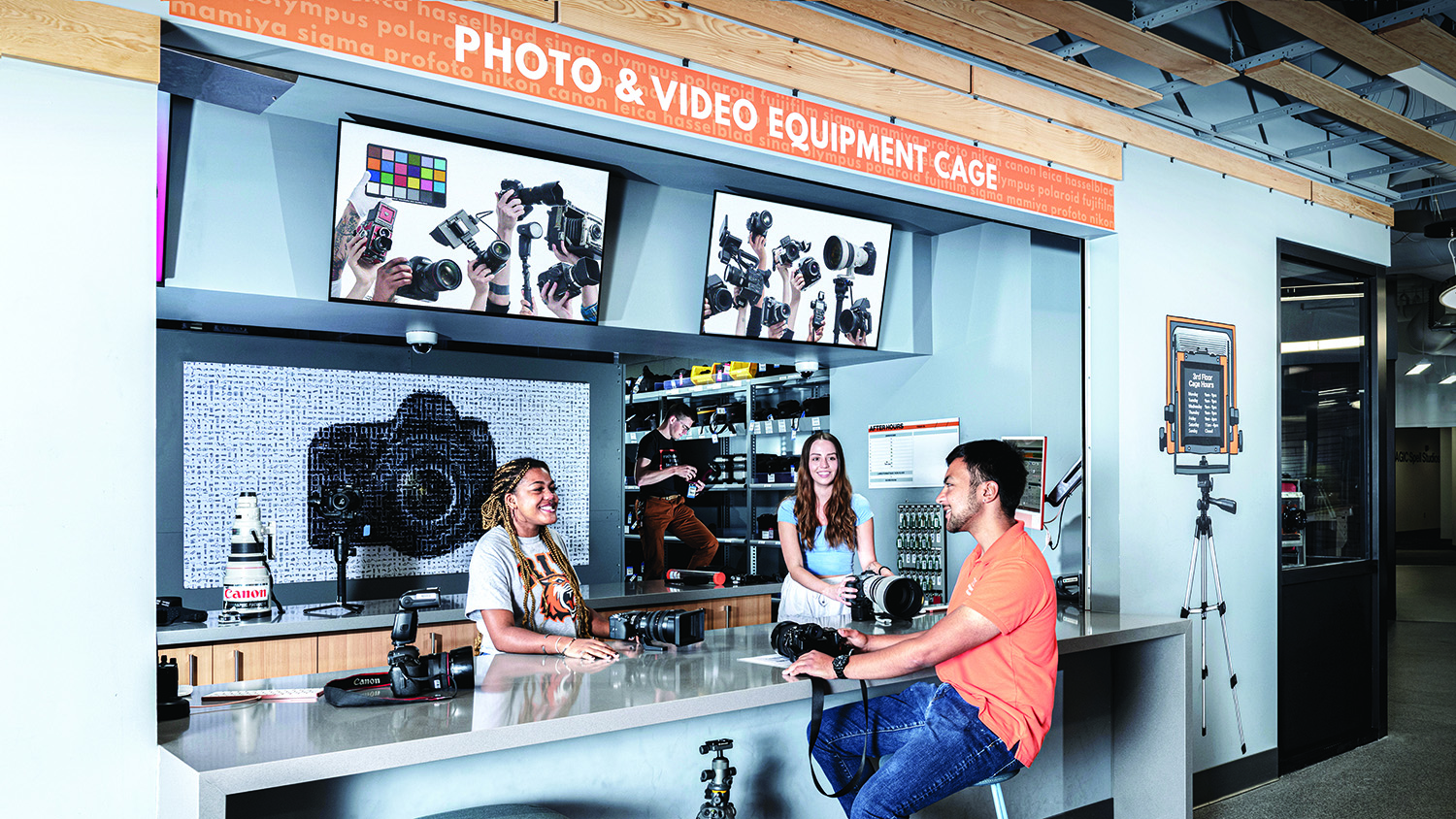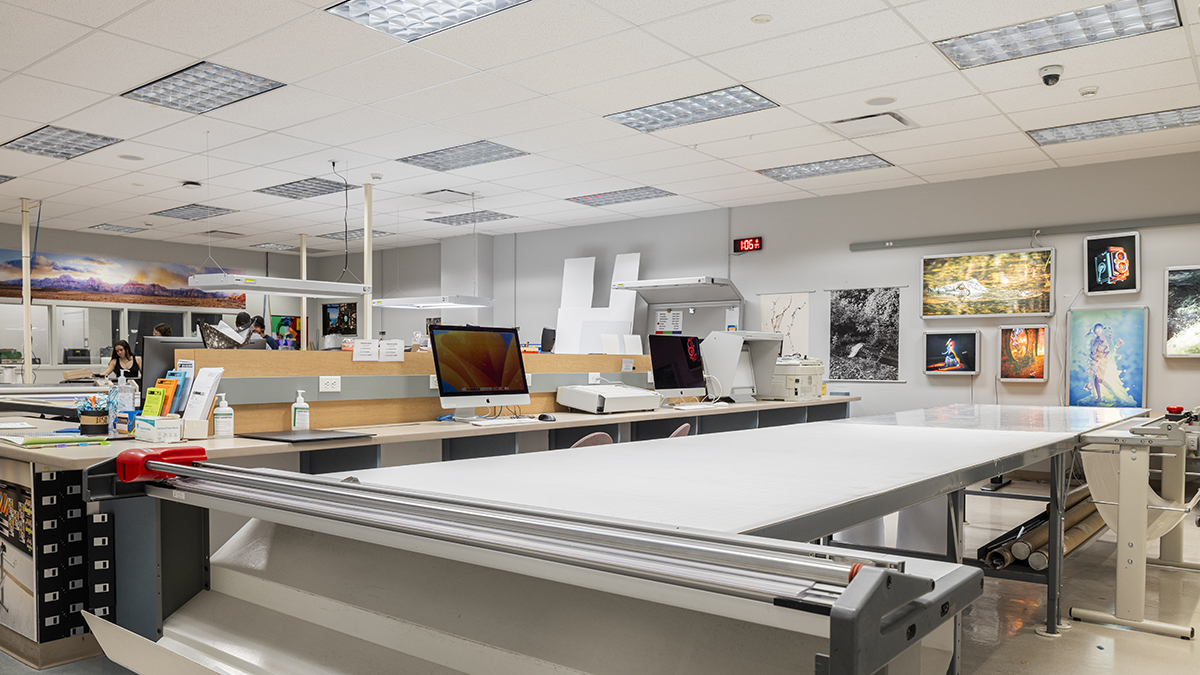Photographic Arts and Sciences Exploration
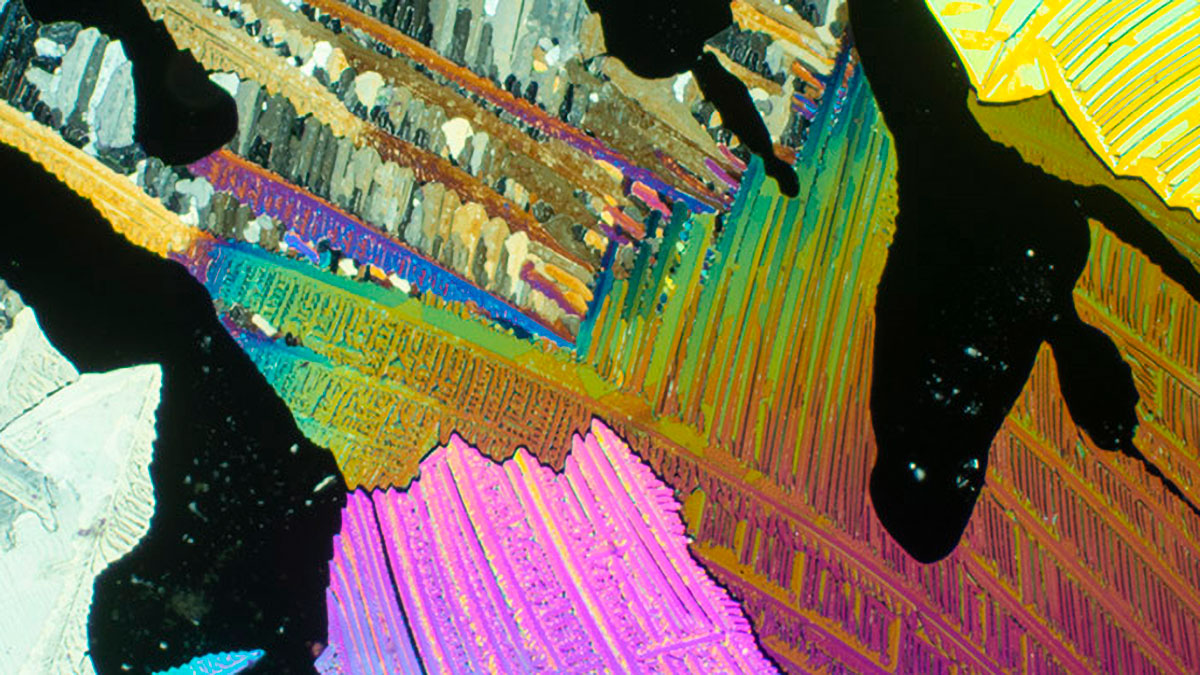
Photographic Arts and Sciences Exploration
- RIT /
- Rochester Institute of Technology /
- Academics /
- Photographic Arts and Sciences Exploration
Spend up to a year exploring RIT’s photography majors as you decide which program best matches your career goals.
Overview for Photographic Arts and Sciences Exploration
For students interested in photography but unsure which major best meets their career aspirations, the photographic arts and sciences exploration option provides you with an overview of the two photography majors and their options. Students will learn about the curriculum, course work, and career paths associated with the BFA in photographic and imaging arts (with options in advertising photography, fine art photography, photojournalism, or visual media) and the BS in photographic sciences. This exploration option allows you to take up to a year to learn about each major while you complete general education and liberal arts courses.
-
Join Us for Accepted Student Open House
Visit campus on March 28 or April 11 to meet faculty, tour campus, and ask your questions.
Featured Work and Profiles
-
RIT x Magnum Visual Storytelling Course
Gregory Halpern, Ahndraya Parlato In the summer of 2025 at RIT, Ahndraya Parlato and I launched “A Short Course in Visual Storytelling,” a new collaboration between RIT and Magnum Photos.
Read More about RIT x Magnum Visual Storytelling Course -
RIT Pulitzer Prize Legacy: David Carson '94
David Carson '94 was part of the photography staff of the St. Louis Post-Dispatch honored with a Pulitzer Prize for its coverage following the police shooting of Michael Brown, an unarmed black...
Read More about RIT Pulitzer Prize Legacy: David Carson '94 -
Photographing a who's who of celebrities
Kwaku Alston '94 (photography) was named RIT's Outstanding Alumnus for 2024-25 for his highly notable portraits of the likes of the Obamas, Beyoncé, Brad Pitt, Chadwick Boseman and LeBron James.
Read More about Photographing a who's who of celebrities -
'Triad of Learning': Merging Photography, Design and Marketing
Jess Campbell, a 2019 visual media alumna, has worked with numerous direct-to-consumer personal care brands, primarily directing and curating campaigns for product launches. Campbell credits the ...
Read More about 'Triad of Learning': Merging Photography, Design and Marketing -
Designing Camera Systems of the Future
Bobby Gold '16 (photographic sciences), as a senior image quality engineer at NVIDIA, designs and tests camera systems for autonomous vehicles and robotics platforms. As a student at RIT, he completed...
Read More about Designing Camera Systems of the Future -
Pulitzer Prize Legacy
William Snyder RIT photojournalism alumni have a strong legacy of journalistic excellence, highlighted by the many Pulitzer Prizes they have been recognized with.
Read More about Pulitzer Prize Legacy
Curriculum for 2025-2026 for Photographic Arts and Sciences Exploration
Current Students: See Curriculum Requirements
Admissions and Financial Aid
First-Year Admission
First-year applicants are expected to demonstrate a strong academic background that includes:
- 4 years of English
- 3 years of social studies and/or history
- 3-4 years of mathematics
- 2-3 years of science
Financial Aid and Scholarships
100% of all incoming first-year and transfer students receive aid.
RIT’s personalized and comprehensive financial aid program includes scholarships, grants, loans, and campus employment programs. When all these are put to work, your actual cost may be much lower than the published estimated cost of attendance.
Learn more about financial aid and scholarships
Accreditation
Related News
-
December 15, 2025

Faculty duo highlights global health equity with documentary series
Associate Professors Josh Meltzer and Jenn Poggi worked with Special Olympics and the Golisano Foundation to produced videos celebrating health leaders dedicated to improving the health and well-being of people with intellectual and developmental disabilities.
-
October 2, 2025
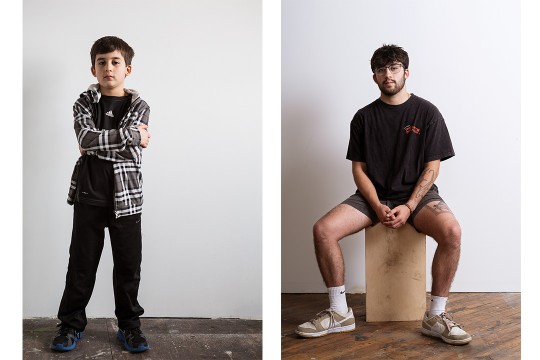
Exploring the complexities of life through a camera lens
Lois Bielefeld finds inspiration in documenting domestic homelife, children’s tea parties, Sunday pasta lunches, and other personal moments. Capturing portraits from these unassuming scenes of everyday life comprises much of their portfolio.
-
September 24, 2025
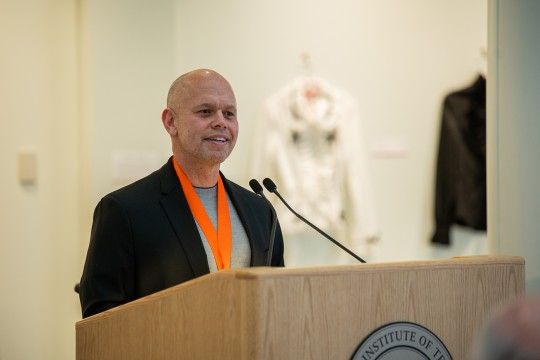
New School of Film and Animation director, faculty roles for 2025-26
Ricky Figueora taking over as the new director of RIT's School of Film and Animation headlines exciting promotions and additions to the College of Art and Design faculty.
Contact
- Christye Sisson
- School Director and Gannett Chair
- Dean’s Office
- College of Art and Design
- 585‑475‑7197
- cpspph@rit.edu
